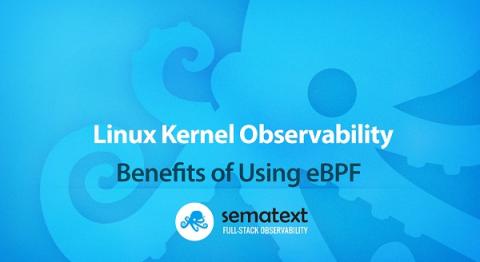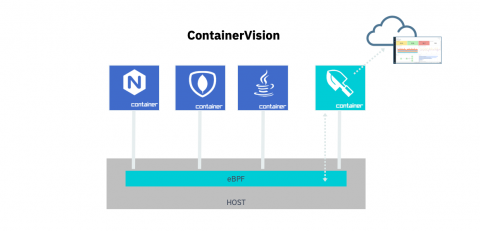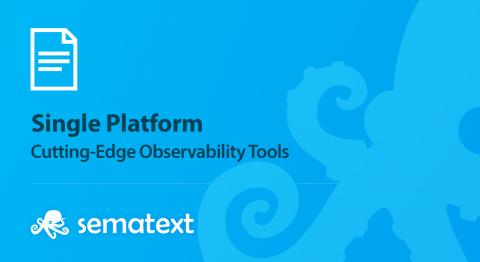Budget Planning for Next-generation APM and Observability
If you’re trying to evaluate and understand the ROI of building an observability practice and carve out a budget for it, you’re not alone. You’ve probably got some monitoring and metrics capability already, but that’s proving to not be enough–how can you empower your teams as your environment becomes too complex for the basics? And how much will that cost?










